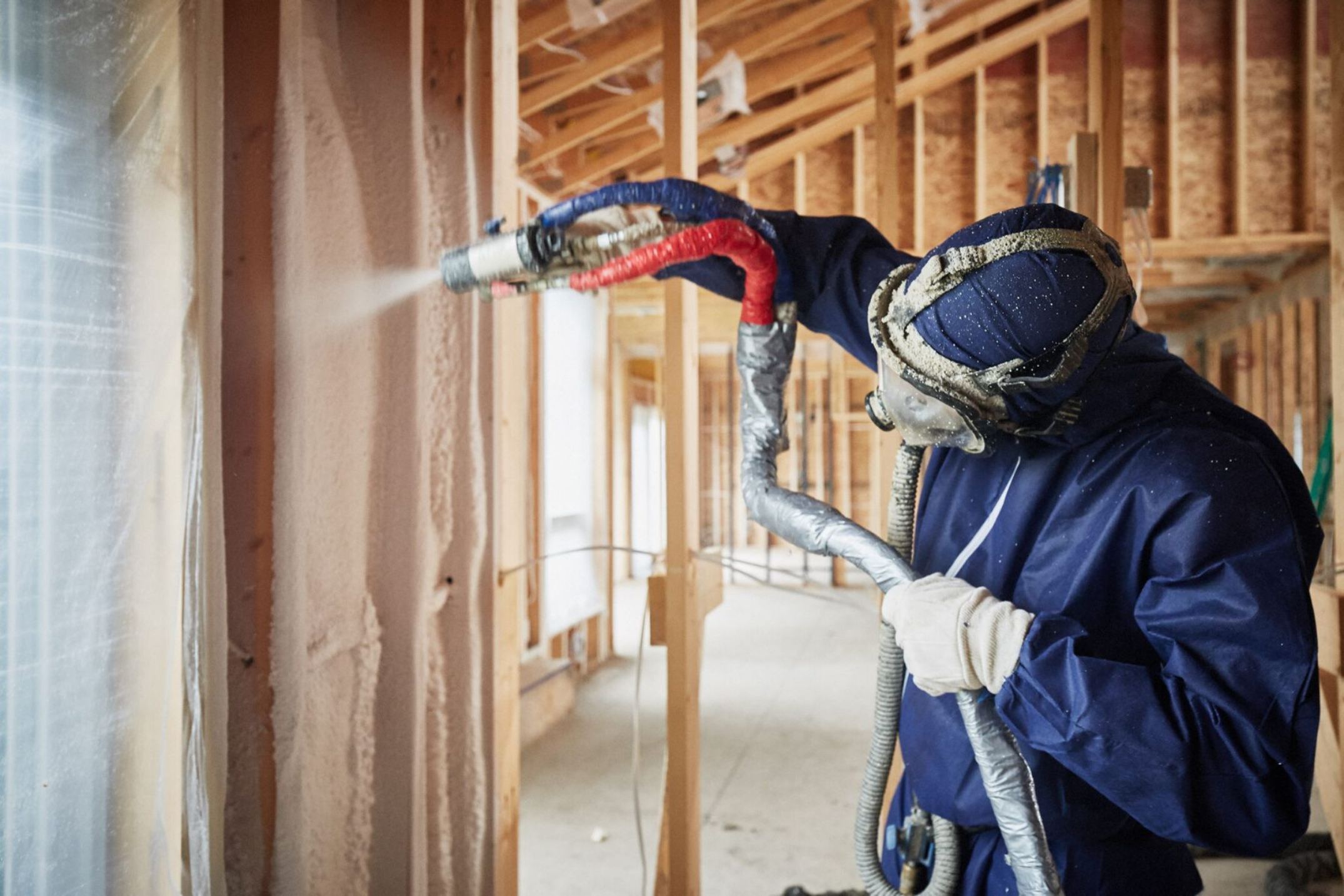
Spray foam insulation is an effective way to improve energy efficiency, reduce heating and cooling costs, and enhance indoor comfort. When considering spray foam insulation, homeowners often choose between open-cell and closed-cell varieties. Each type has distinct characteristics, benefits, and applications. Understanding these differences can help determine which option is best suited for your home.
Spray foam insulation is made by mixing and spraying liquid chemicals that expand into a foam. It seals gaps, provides insulation, and can improve the structural integrity of a building. The two primary types—open-cell and closed-cell—offer different performance levels based on their composition and density.
Open-cell spray foam is a lightweight, flexible insulation with a soft texture. It expands significantly upon application, filling cavities and gaps effectively. This type of foam has a lower density and remains breathable, allowing moisture to pass through.
Closed-cell spray foam is denser, more rigid, and provides superior insulation. It has a compact structure, preventing air and moisture infiltration while offering additional strength to the applied surfaces.
Closed-cell foam has a higher R-value, making it more effective at preventing heat loss. It is ideal for applications where maximum insulation is needed. Open-cell foam still offers good insulation but is better suited for applications where breathability is beneficial.
Closed-cell foam repels water, making it ideal for damp environments or areas prone to flooding. Open-cell foam absorbs moisture and is not suitable for high-humidity areas unless paired with a vapor barrier.
Closed-cell foam enhances the strength of walls and roofs due to its density and rigidity. Open-cell foam is softer and does not add structural support, though it still provides effective insulation.
Open-cell foam is superior for noise reduction as its softer structure absorbs sound waves effectively. Closed-cell foam, being denser, does not perform as well in soundproofing applications.
While closed-cell spray foam has higher upfront costs, it offers greater long-term energy savings. Open-cell foam is more affordable and can be a cost-effective solution for projects with budget constraints.
Both types of spray foam require professional installation for optimal performance. Trained installers ensure even application and adherence to building codes. Proper ventilation is necessary during installation, as spray foam emits gases that require time to dissipate.
Choosing between open-cell and closed-cell spray foam depends on your specific needs, climate, and budget. If you need expert advice on which insulation type is best for your home, Lamothe Insulation & Contracting can help. Contact us at (508) 847-0119 or email [email protected] to discuss your insulation project.
Open-cell foam is generally recommended for attics due to its breathability, which helps prevent moisture buildup.
If you need maximum insulation, durability, and moisture resistance, closed-cell foam is a worthwhile investment.
DIY kits exist, but professional installation is recommended to ensure safety, proper application, and compliance with building codes.
Spray foam is long-lasting and does not require regular maintenance, but inspections help ensure it remains effective.
With proper installation, both open-cell and closed-cell spray foam can last over 30 years.
Open-cell foam is better for soundproofing because it absorbs sound waves more effectively.
Closed-cell foam prevents mold growth due to its moisture-resistant properties. Open-cell foam requires proper moisture management to avoid mold problems.
Once cured, spray foam is safe, but professional installation ensures proper ventilation during application.
High-quality spray foam does not shrink when installed correctly, maintaining its insulating properties for decades.
Yes, but installation in existing walls requires professional expertise to avoid structural issues or improper application.